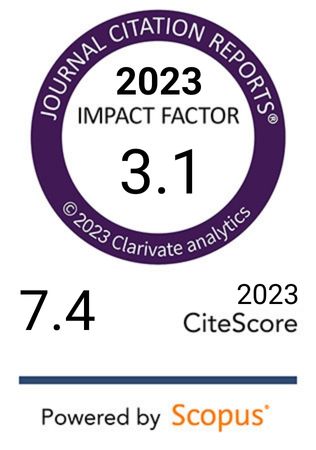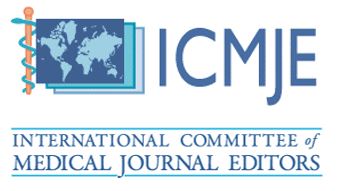Preoperative predictors of mortality in intestinal perforation
DOI:
https://doi.org/10.17305/bb.2025.13309Keywords:
Albumin, creatinine, CRP, mortality, bowel perforationAbstract
Bowel perforation represents a prevalent and life-threatening emergency within general surgical pathology. This study aims to evaluate clinical and biochemical parameters that predict mortality in cases of bowel perforation. A retrospective analysis was performed on 144 patients who underwent surgical intervention for bowel perforation between 2019 and 2024. Key variables assessed included the albumin/creatinine ratio, age, serum albumin levels, CRP, and history of COVID-19. Mortality-associated variables were analyzed using univariate and multivariate logistic regression, as well as receiver operating characteristic (ROC) analysis. The mean age of the patients was 60 years, with 84 patients (58.3%) being male. The overall mortality rate was 25%. Independent predictors of mortality identified in the study included an albumin/creatinine ratio <3.38 (odds ratio [OR]: 12.666, p<0.001), age >66 years (OR: 3.273, p=0.036), and serum albumin levels <3 g/dL (OR: 5.653, p=0.002). ROC analysis indicated that the area under the curve (AUC) for the albumin/creatinine ratio was 0.879, establishing it as the parameter with the highest predictive accuracy for mortality. Among patients with a history of COVID-19, ischemia was the predominant cause of perforation (87.5%), while malignancy was the leading cause (41.4%) in those without a COVID-19 history. This difference in etiology was statistically significant (p<0.001). In conclusion, the albumin/creatinine ratio, age, and serum albumin levels are robust parameters for predicting mortality in bowel perforation cases. Furthermore, a history of COVID-19 significantly increases the risk of bowel perforation due to ischemia.
Citations
Downloads

Downloads
Published
Issue
Section
Categories
License
Copyright (c) 2025 Fırat Canlıkarakaya, Serhat Ocaklı, İbrahim Doğan, Nurhak Cihangir Çınkıl, Hüseyin Turap, Cengiz Ceylan

This work is licensed under a Creative Commons Attribution 4.0 International License.









